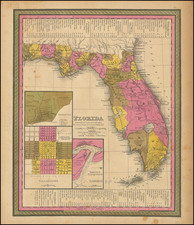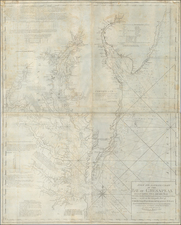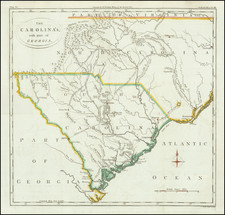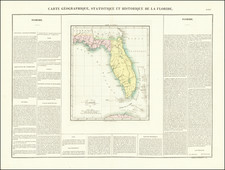Cervorum Venatio XXV, engraved by Theodor de Bry and published in Frankfurt in 1590, provides a detailed representation of Native Americans using an adept hunting method by a stream, employing deer skins as disguises to approach stags unobtrusively.
The text transalates as follows:
The Indians use an industry for capturing deer never before seen by us: they know how to apply the skins of the largest deer they can catch to their bodies, fitting the deer's head to their own so that they can look through the eye holes as though through a mask. Thus disguised, they approach the deer without causing fear, at a time previously observed when the deer go to the river to drink. Holding a bow and arrow in hand, they can easily shoot them, as deer are quite common in that region. However, they protect their left arm with tree bark, so they are not injured by the bowstring, naturally trained in this way. As for the skins of the deer that are removed, they know how to prepare them not with steel, but with shells so accurately that it is astonishing, and I estimate that there is no one in all of Europe who can prepare them with such skill.
The 16th century witnessed a significant European interest in the New World, marked by exploration and colonization. Theodor de Bry's engravings served as visual accounts of native customs and practices for the European audience. In this particular piece, de Bry focuses on an indigenous hunting technique that was distinct from European methods. The depicted hunters, using deer pelts as camouflage, highlight a methodical approach to hunting, rooted in keen observation and understanding of deer behavior.
The accompanying Latin text sheds light on the hunters' strategy of waiting for deer by the stream, taking advantage of the stags' predictable patterns. Moreover, the text makes note of the natives' method of preparing deer skins using shells, emphasizing their specialized skills in utilizing available natural resources for various purposes. The engraving, complemented by the text, offers a nuanced perspective on the relationship between indigenous communities and their environment.
De Bry's Engravings of the Florida Indians
For his Grands Voyages, De Bry engraved 42 plates based Le Moyne's original sketches made during the French Huguenot voyage to the Florida Peninsula. De Bry's renderings of Florida and its inhabitants are today the earliest known printed European images of Native Americans in present-day Florida, known as the Timucua Indians.
The images attempt to convey a number of messages about the land and its peoples. For example, some of the plates have been suggested to represent the ability of the Timucua to obey authority and that they are less sophisticated than the Europeans. This was argued to make them ideal candidates for French Huegonot colonization, to be used in conflicts against Catholic Spain.
The accuracy of De Bry's depictions have sometimes been called into question. Some of the engravings do not quite match what became known about the Timucua by later French explorers, and some engravings possess out-of-place features, such as the appearance of a Pacific nautilus rather than a Florida whelk shell. However, it is believed that the core of the imagery is correct. For example, the depiction of Timucuan body art, otherwise unknown to Europeans at the time, suggest that De Bry's depictions were grounded in reality.
Theodor de Bry (1528-1598) was a prominent Flemish engraver and publisher best known for his engravings of the New World. Born in Liege, de Bry hailed from the portion of Flanders then controlled by Spain. The de Brys were a family of jewelers and engravers, and young Theodor was trained in those artisanal trades.
As a Lutheran, however, his life and livelihood were threatened when the Spanish Inquisition cracked down on non-Catholics. De Bry was banished and his goods seized in 1570. He fled to Strasbourg, where he studied under the Huguenot engraver Etienne Delaune. He also traveled to Antwerp, London, and Frankfurt, where he settled with his family.
In 1590, de Bry began to publish his Les Grands Voyages, which would eventually stretch to thirty volumes released by de Bry and his two sons. The volumes contained not only important engraved images of the New World, the first many had seen of the geographic novelties, but also several important maps. He also published a collection focused on India Orientalis. Les Grands Voyages was published in German, Latin, French, and English, extending de Bry’s fame and his view of the New World.









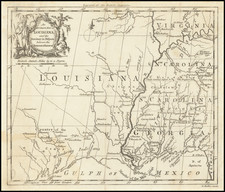
![[St. Augustine, Florida] Oppidorum apud Floridenses structura. XXX](https://storage.googleapis.com/raremaps/img/small/98035.jpg)
